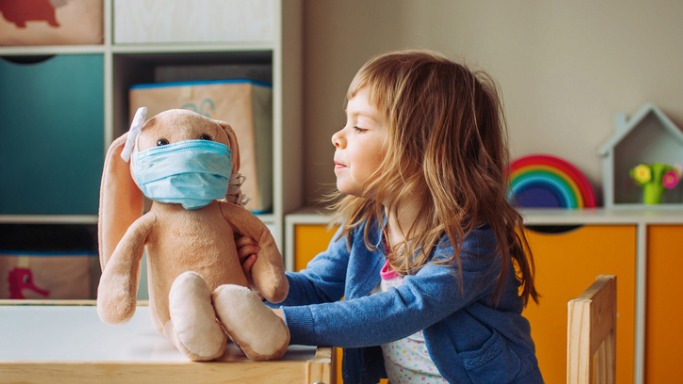Political leaders know that coronavirus’s disruption in childcare, including the care provided by public schools to the vast majority of children ages 5 to 18, is a slow motion catastrophe.
Four in 10 workers have children under age 18. With schools and daycare centers quickly closing last spring and, in many cases of the country, still not reopening for general in-person instruction, millions of workers, particularly women, have had to step back from their jobs. These employment disruptions not only mean lost income now for many who can’t afford the setback, but have the potential to hamper career prospects for decades to come. Women’s incredible economic gains are in jeopardy.
But what to do? The typical call for a government-driven solution shouldn’t pass the laugh test, since public institutions themselves–most resoundingly, America’s elementary and secondary schools–are at the root of the present crisis.
If our massive public schools, which receive a total of $739 billion in taxpayer money each year, or more than $14,000 per pupil on average, have largely been unable to get it together to provide consistent in-person instruction and care for their students, why would a public daycare system, such as that imagined by Senator Elizabeth Warren, be any more successful?
My well-funded school district in Virginia has been providing in-person instruction to just 4% of its student population to date. This week, they are tiptoeing toward bringing in their youngest students for two days each of instruction. And the calls to resume even this incredibly limited form of education have been met by howls from teachers unions that seem to think that in-person education is not essential and kids should stay home with their parents until the risks associated with coronavirus all but disappear.
The public education system has profoundly let down children and their parents. Millions of parents are now hunting for alternatives. Private schools have more aggressively prioritized in-person education, which is not surprising since they would undoubtedly lose customers — and consequently revenue — without it. Other highly-motivated parents are collaborating to create alternative educational paradigms like pods for their children. In both cases, these are alternatives that are only available to parents with the means to invest in these options or who have a robust social network. The vast majority of families cannot afford to escape their public schools, no matter how poor they think the service is.
Each state and locality now has to grapple with how to solve the conundrum of what to do about K-12 education, but at a minimum it should serve a cautionary tale for what not to do when it comes to daycare. Currently, about 90% of eligible children attend public elementary and high schools. Fortunately, only about a third of children under age five were in paid daycare centers or preschools, which faced similar pressure to close after COVID.
Daycare centers opened more quickly, presumably because, unlike public schools which have no direct financial incentive to respond to parents’ preferences, they need to operate or will lose their businesses. If, however, we had adopted a more government-centered daycare system–in which government, rather than families, paid for childcare following the public schools system school model–undoubtedly, these centers would act much more like the public schools and fight against providing in-person care. We would face an even worse childcare and employment crisis than we do today.
The good news is that policymakers can do something different to help people who lack child care today, and it would move our society in the direction that parents have long preferred anyway: facilitating the creation of smaller child care arrangements, such as home-based daycare. Unfortunately, in recent decades, the childcare sector has been moving away from home-based daycare in favor of larger, more traditional, institutional daycare centers. This is in part because of the over-regulation of small home-based daycare centers, that make compliance difficult and financially unfeasible.
State policymakers across the country should expedite a review of their childcare regulations. This doesn’t require sacrificing true health and safety, but rather identifying needlessly complicated rules, such as those dictating the number and type of toys that must be available per child and stringent facilities’ requirements that exclude ordinary family homes.
This is a problem that the market ought to be able to solve: There are millions of families who need childcare but cannot find it; there are millions of people–particularly mothers–who are out of work but are at home and could watch other people’s kids. The solution will be to roll back government policies that impede market solutions such as more people offering childcare services to other families. Policymakers can also help by providing financial support directly to parents, so that service providers will remain focused on serving families and families can make the child care decisions that make the most sense for them.
What policymakers shouldn’t do is push parents to all depend on a childcare system modeled after public K-12 schools, which have so miserably failed parents and our country.

